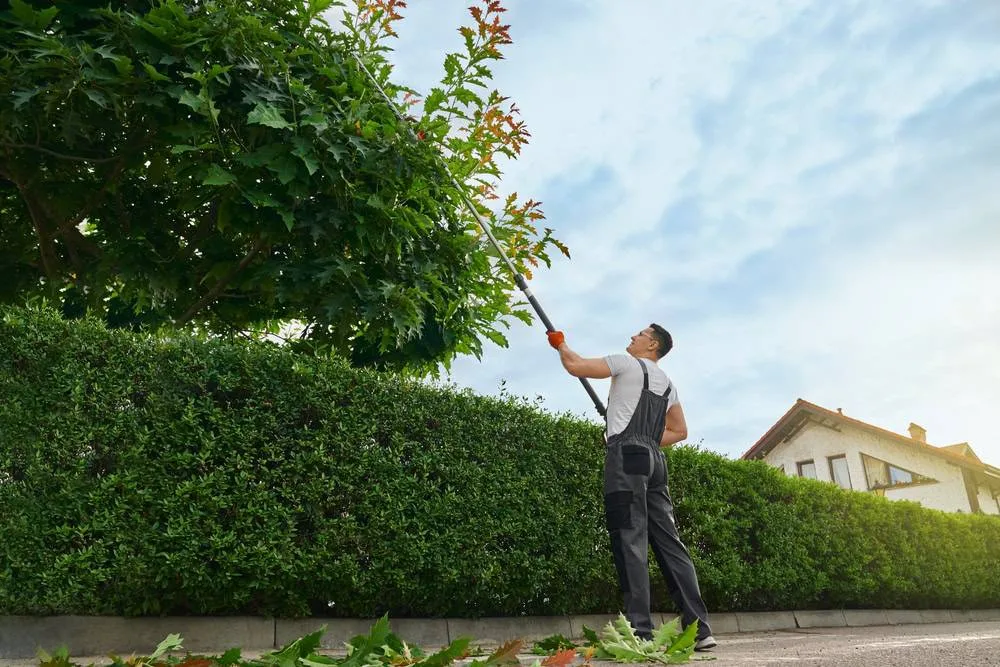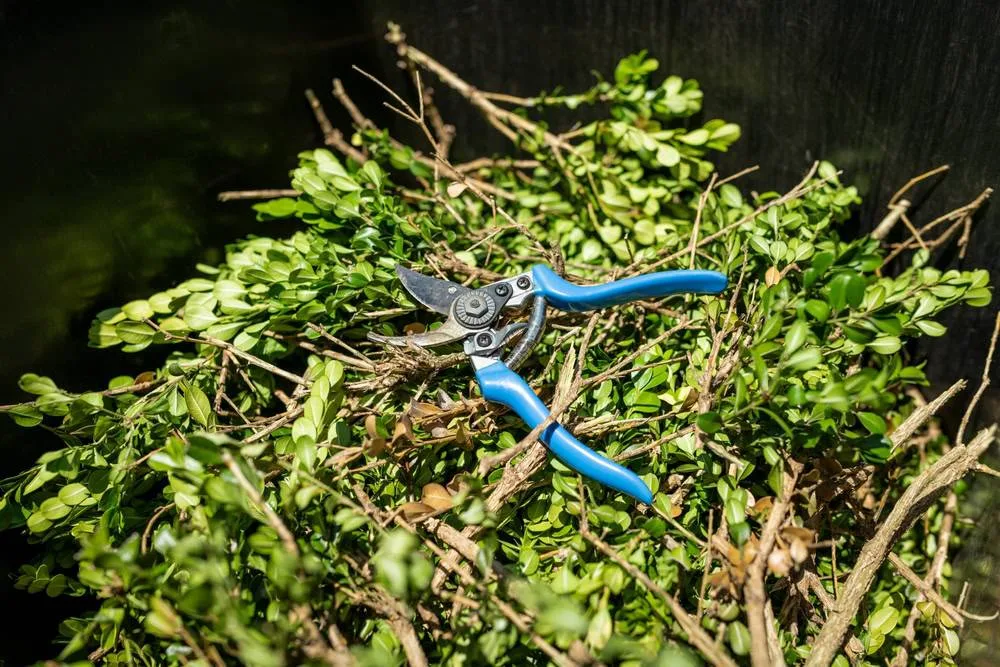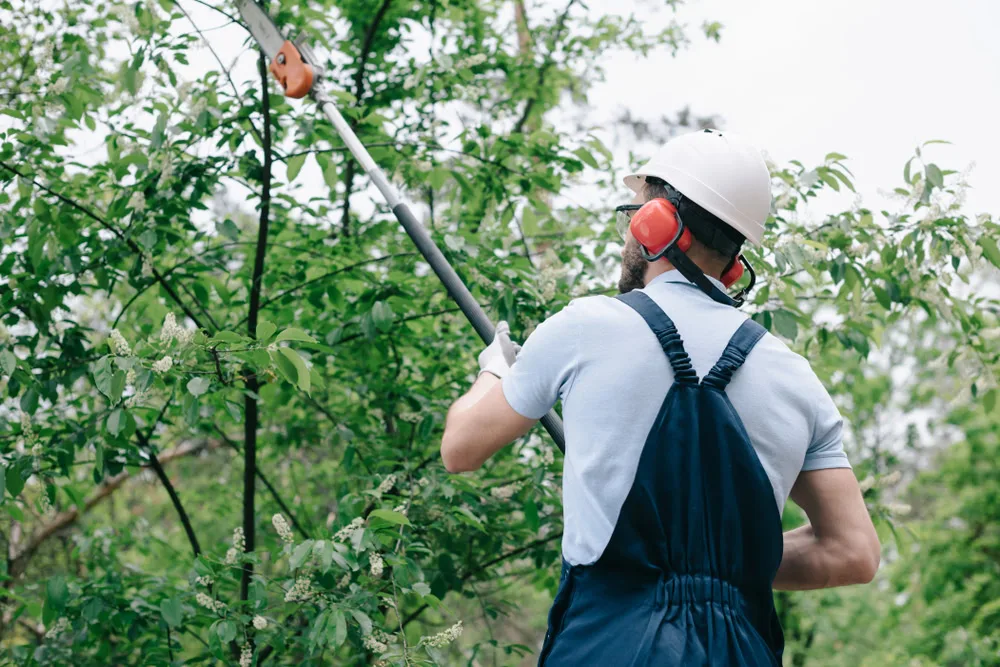Tree Trimming in Greenlawn, NY
Healthier Trees, Safer Property, Better Curb Appeal
Professional tree trimming that protects your investment and gives you peace of mind year-round.

Hear from Our Customers

Professional Tree Pruning Services
Your trees look better, last longer, and pose fewer risks when trimmed correctly. Dead branches disappear, crowns open up to let in light and air, and that nagging worry about storm damage fades away.
You get trees that complement your property instead of threatening it. Branches clear your roof, driveway, and walkways. Your landscape looks intentional and well-maintained rather than overgrown and neglected.
The difference shows immediately and pays dividends for years. Properly pruned trees resist disease better, recover from storms faster, and add genuine value to your home. You’re not just cutting branches – you’re investing in your property’s long-term health and safety.
Greenlawn Tree Care Experts
We’ve been serving Greenlawn and surrounding Long Island communities for years. Our team understands how coastal weather, soil conditions, and local tree species respond to different pruning approaches.
Every crew member is trained in proper cutting techniques and safety protocols. We maintain full licensing and insurance because tree work involves real risks that require professional handling.
You’re working with neighbors who live in the area and stand behind our work. When you call, you reach people who understand local conditions and care about maintaining our reputation in the community.

Tree Trimming Process
First, we assess your trees and discuss your specific concerns – whether that’s safety, appearance, or tree health. You get a clear explanation of what needs attention and why, plus a written estimate with no surprises.
On service day, our crews arrive with proper equipment and set up protection for your landscaping and property. Each cut is made strategically to promote healing and maintain the tree’s natural shape. We remove deadwood, thin overcrowded areas, and clear problem branches.
Cleanup happens as we work, not after. All debris gets removed from your property, and we do a final walkthrough to ensure you’re completely satisfied. You’re left with healthier trees and a cleaner yard than when we started.

Ready to get started?
Complete Tree Maintenance Solutions
Every tree trimming service includes crown cleaning to remove dead, diseased, or damaged branches that threaten tree health. We perform crown thinning to reduce weight and wind resistance while maintaining the tree’s natural shape.
Clearance pruning eliminates branches that interfere with structures, power lines, or traffic areas. Each cut follows ISA standards to promote proper healing and prevent decay or pest entry points.
You also get complete debris removal, site cleanup, and a brief consultation about ongoing tree care needs. We identify potential issues before they become expensive problems and provide recommendations for maintaining your trees between service visits.
